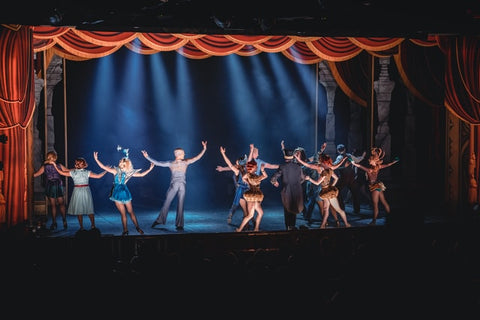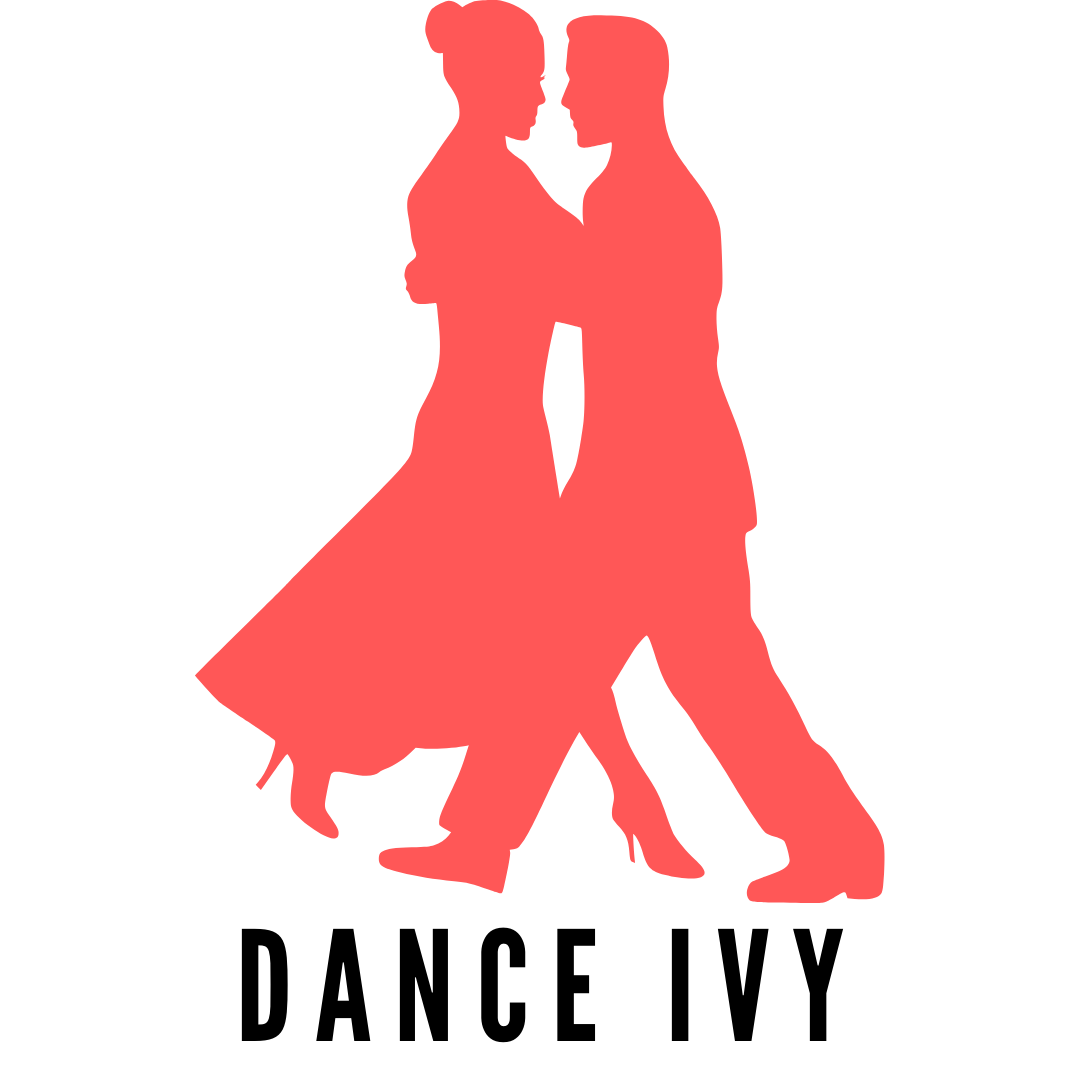
The Guinness World Record for the "Longest dance marathon by an individual" is 126 hours.
Don't worry, a dance recital is much shorter but how long will the Dance Recital Be?
A typical dance recital can take from 1 to 5 hours, with 30 minutes at least for warm up and cool down and the remaining depending on the format and length of the main dance segment. The main dance segment might be longer with a storyline that includes a prelude, the main story, and an ending similar to some ballet performances. More time could be needed for each student to showcase a piece from their dance portfolio and also props setup, if any.
Dance Recital Format and Length
A dance recital is usually held during the school year and consists of one or many performances. Typically, there are three parts to a dance recital: warm-up, dance performance, and cool down. Each part takes approximately 15 – 20 minutes.
The duration of each part depends on how much there is to showcase. For example, a short recital might consist of just a few dances, whereas a longer recital could include several different types of dance styles.
Dance recitals take longer if there are more solos instead of duets or group performances as each student performs at least one piece from their dance portfolio.
Warm Up of Dance Recital (15-20 minutes)
This part of the recital allows dancers to practice basic movements and learn some choreography. This part of the recital is important because it gives the audience a chance to see what type of dancing they will experience later in the recital.
Dance Performance of Dance Recital (15 minutes to Unlimited)
As with all dances, there is no limit to the actual dance performance. This part of the dance recital includes music and lighting setup, dance performance, and prop setup.
Dancers perform these dances in front of an audience. Some schools provide music for the show with an choreographer, while others use prerecorded music which defined the fixed length of the dance performance.

During the show, the dance is usually divided into three parts: the prelude, the entr'acte, and the finale but the dance recital might follow a different format depending on whether they wish to showcase the individualism of the dancers to their parents or relatives.
- The prelude usually consists of a few movements that introduce the piece.
- The entr'acte is the middle section where the dancers perform several pieces that lead up to the main event.
- Finally, the finale is the most exciting part of the show. This is where the choreographer brings it home and leaves the audience breathless.

The number of dances would determine the length of the performance. Typically dances are split into
- Solo recitals are performed by one student.
- Group recitals are performed by multiple students. Ensemble recitals are performed by groups of different sizes. Some schools offer both solo and group recitals. Most ensembles consist of five to eight members.
Cool Down of Dance Recital (15-20 minutes)
This part of the recital allows dancers to relax their muscles and reflect on what went well or badly. This part of the recital is important because the cumulative effort from the preparation ended. A dance recital takes a lot of work and preparation in costume, choreography, and music for dancers and the school to showcase their best performance.
Audience Etiquette for Dance Recitals
The audience should never forget that dance recital are performances, not spectacles. As such, it is important to always remember that the dancers are artists, not athletes.
Their job is to entertain you, but not win contests. Let them move around without being encumbered by spectators. Also, don’t clap during the dancing unless you are part of the cast since it could be disturbing their focus. And finally, don’t heckle the dancers. You might think you’re cheering them on, but the truth is, you’re just making things worse.
Should I Bring Young Children to a Dance or Ballet Recital?
There are many benefits to bringing children to an event like dance or ballet performances. You don't have to worry about finding babysitters because they're already there. If you do choose to bring children, it's important to think about what types of events you want to attend before making your decision. Some venues allow children under a certain age to come while others require parental consent.
Can I Sit Anywhere I Want at a Dance or Ballet Recital?
Generally, recitals will have allocated seating. However, there are exceptions. Some recitals are open houses, meaning you don’t have to pay to attend. If you want to sit anywhere, just show up early enough to snag one of those free spots.
Save a few seats, but saving a whole row is rude. Not only does it make it difficult for others to find a seat, but it also makes it harder for people to move around. You might think that you’re being considerate, but you could be making things worse for everyone else.
Don’t take advantage. Reserved seating is generally offered because the organizers know how important it is to have a specific spot where you can enjoy the performance. Taking advantage of reserved seating means you’ll be sitting in someone else’s spot. This isn’t fair to anyone else, especially if you’ve already paid for your ticket.
What happens if I need to leave my seat during a recital?
When it comes to attending a musical performance, there are certain rules that everyone knows about. For example, you shouldn’t stand up during a concert unless there is an emergency, such as a fire alarm or someone falling off the stage. If you do decide to leave your seat, make sure you let people know where you went and why. And if you’re worried about being late for the next act, you might want to bring a watch with you.
